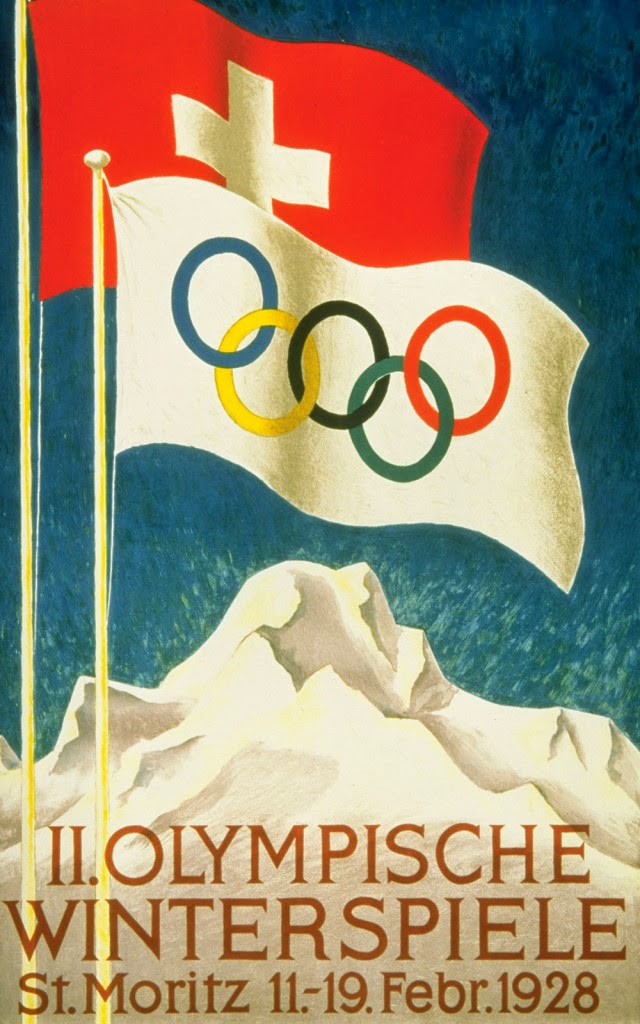 |
| Authors own- Macaw designs- Mascot |
 |
Macaw design 2, Authors own
These are handrawn and water coloured initial ideas, |
 |
Authors own
Before Laser cutting |
 |
Authors own
Laser cutting the Macaw |
I did quite a few drawings of different macaws in several positions in order to get the parrots best angle and to show off its colours and aesthetic beauty. Scanning in was the main method, then laser cutting them. Cardboard and Acrylic was used to cut them out, as different textures it always good.
Macaw Design - Logo/ Mascot Ideas
These designs above were drawn and water coloured, the bright colours in the wild are there for beauty and to impress mates. For the actual logo Macaw I want one with the wingspan, this will show off its impressive length and size.
 |
Authors own
Macaw initial Ideas |
Not just are they stunning to the eye but they have the most delicate markings, and these markings are normally found around the eyes. This is why in my drawing the markings are clearly visible.
My Logo or Mascot being a Macaw was inspired by the climate of Brazil and culture. I didn't want the mascot to be cartoon as they can look fake and tacky, and as these creatures are so extraordinary it needed to be the real thing.
 |
Authors own
Initial Ideas |
 |
Authors own
Initial Ideas |
|
Macaws are the largest of all parrots. There are 16 different species of macaws and they range in size from a little over three feet to one foot. They have beautiful, graceful, tails that are as long or longer than their bodies. They also have long, pointed wings that enable them to fly swiftly.Macaws have sharp, hooked bills which are perfect for eating nuts, fruits, and seeds. The beak is strong and is used to break open nut pods. Their feet have a very strong grip which allow them to grasp easily. Two of their toes point forward and two point backward. They can use their foot to grasp food and bring it to their mouth.
 |
Authors own
Edited on Adobe Lightroom
What I'm looking for in a design is the Bird facing away from us with its head turned, and showcasing its tail feathers. Other reasons are:
- correct body position
- markings
- body shape
- beak and plumage
|
Adobe Light-room
Adobe Lightroom allowed me to make this above this is my development of my mascot and it will run alongside the 2016 official Logo for Rio. Fortunately the software allows the colours to be brightened or darkened deepening on what the client wants. In my case the brighter the better. Steps:
- changed the background
- highlights on the animal
- fine detailing
- feathers texture
- hot or cold
|
Final Logo
 |
Authors own
Final Macaw Logo |
This is my logo not my mascot, it will go along side the logo of the Rio Olympics, I actually drew this out on paper but its so fiddly so I decided to draw it using illustrator. The macaw is actually lots of separate shapes put together and coloured. The image still keeps in mind the beauty and elegance of the Parrot.
Evaluation
What went right?
From all the initial ideas created the top 2 images were the most influential because I wanted to keep the mascot as natural as possible, so keeping all its feathers and the detail just because they're visually beautiful.
What went wrong?
Spending too much time on the mascot has left me running out of time to make the other products as good as possible. Therefore I'm having to slightly improvise and get through the design process a lot quicker than I would of liked too.
What enjoyed doing?
A mascot is something fun and bright that is very profitable and will sell to the market. I really liked all the editing the textures of the feathers for example, you can zoom in and really edit the grain. Messing around with Adobe Lightroom and other Adobe software make the final product look sharp and defined.





















.JPG)
.JPG)


























